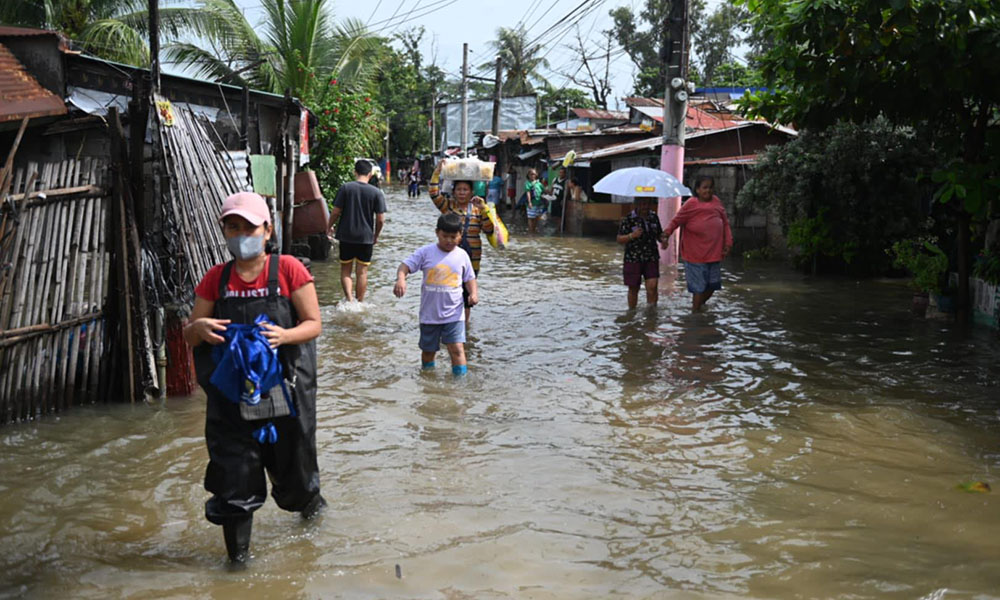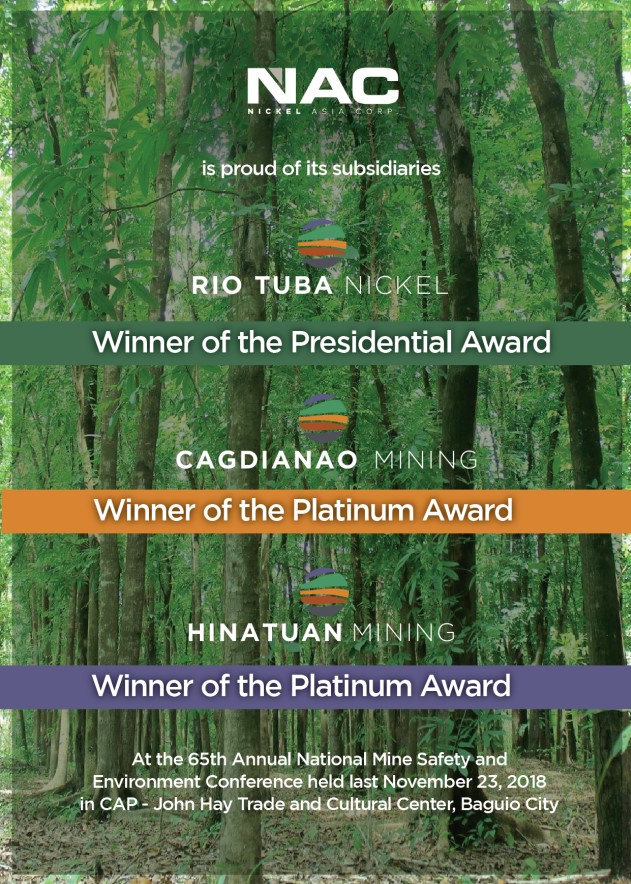
Flood, frankly
 By Rex Catubig
By Rex Catubig
WHEN the anomalous flood control projects exploded a Pandora’s box of associative demons—SOP, payola, insertions, twenty-five percent, proponent, and other euphemistic turns of phrase, one exacerbating factor got somewhat overshadowed. Yet, it is a key player in all this.
Beyond the dikes, the embankments, rip rap and like variations, something else looms large that deserves our attention, whose role and accountability needs to be re-examined and re-evaluated.
One calls to mind two catastrophic weather disturbances that knocked our city down to its knees. In September 1998, Typhoon Gading’s fury lashed the city and rolled the roofs of buildings and houses much like sardine tin cans. But more destructive was Typhoon Pepeng in October 2009, which flooded the city with chest-high waters in Caranglaan. And it cannot be forgotten that much earlier, in July 1972, super Typhoon Rita drew in 3 other tropical cyclones that caused widespread flooding for six weeks in Luzon. In Dagupan, motorboats became the mode of transport as the city was awash with floodwater. More horrendous, the rampaging river current cleaved the Calmay riverbank, sinking forever the remnants of the historic Colegio de San Alberto Magno, and ate away a third of the land mass of the barrio.
Yet, during these times, there was no urgency in flood control mitigation; the concept was not yet thought of as the need was not deemed imminent. Moreover, prior to the laying of the De Venecia bypass, land development that displaced catch basins and hampered the flow of waterways was not seen as an issue. Nonetheless, despite the absence of these later aggravating factors, unprecedented flooding happened. Force majeure was the convenient answer to the recurring havoc.
And this leads us to that sidelined factor that is missing in the flood equation. In 2006, former US Vice President Al Gore presented and revealed the specter of climate change. In his treatise, An Inconvenient Truth, climate change, he proposed, is a principal agent of global natural and anthropogenic disasters: wildfires, floods, weather disturbances and other calamities of biblical proportions.
With this in mind, it is fair to say that the massive floods that have wrought untold havoc across the country is not necessarily caused mainly by the greed-driven, defective, sub-standard, flawed, or non-existent flood mitigating projects but likewise by changing climatic patterns—which are brought on by natural occurrences. But it must be underscored that they are, at the outset, aggravated and fueled by man’s inordinate and unconscionable practices that mess up and damage the environment.
But our obsession with unceasing hearings and investigations with no apparent end in sight has sidetracked us into losing focus on this hidden culprit that is as much to blame as corruption. We have missed the deteriorating forest for the spectacle of burning trees.
But it is high time we took a long, hard look at our ecological foibles and endeavored to connect the dots that run along corrupt practices on one end and guiltless ecocide on the other.
It is not enough to spank the right hand yet high-five the left. Both have to be clasped and chained together. And there must not be any washing of hands in the process.
(To be continued)









